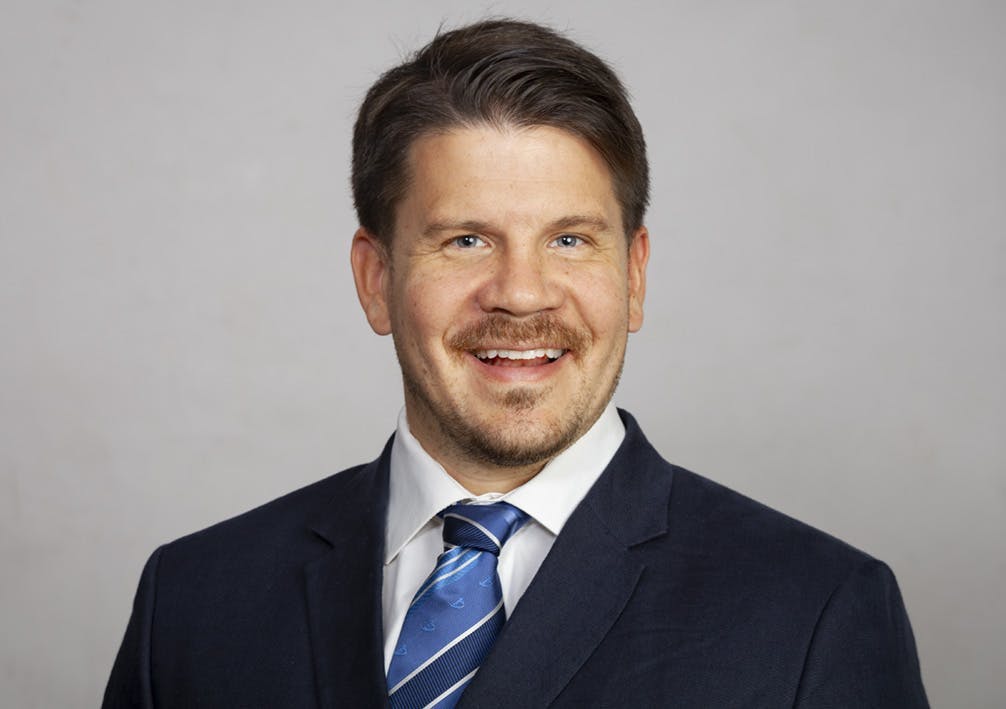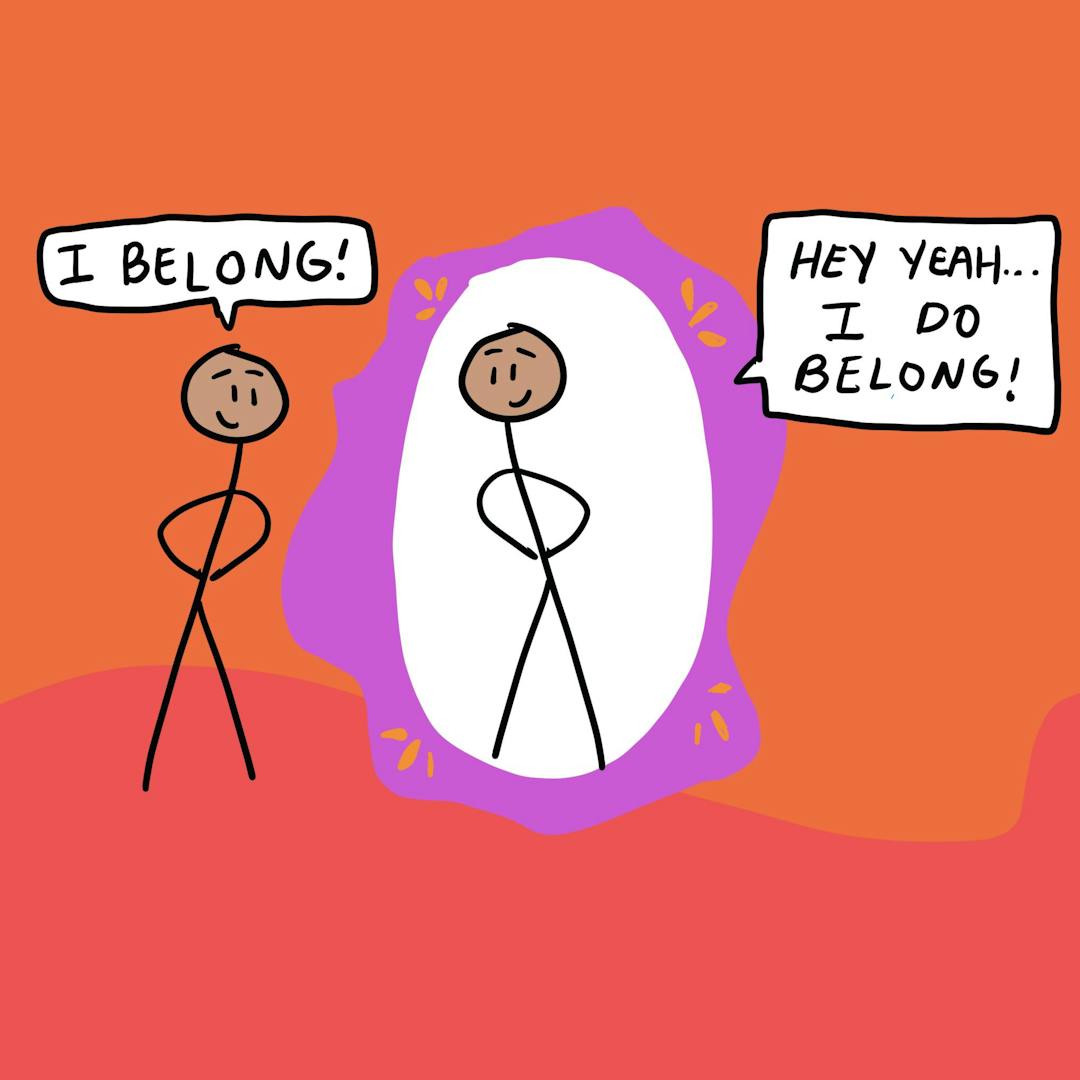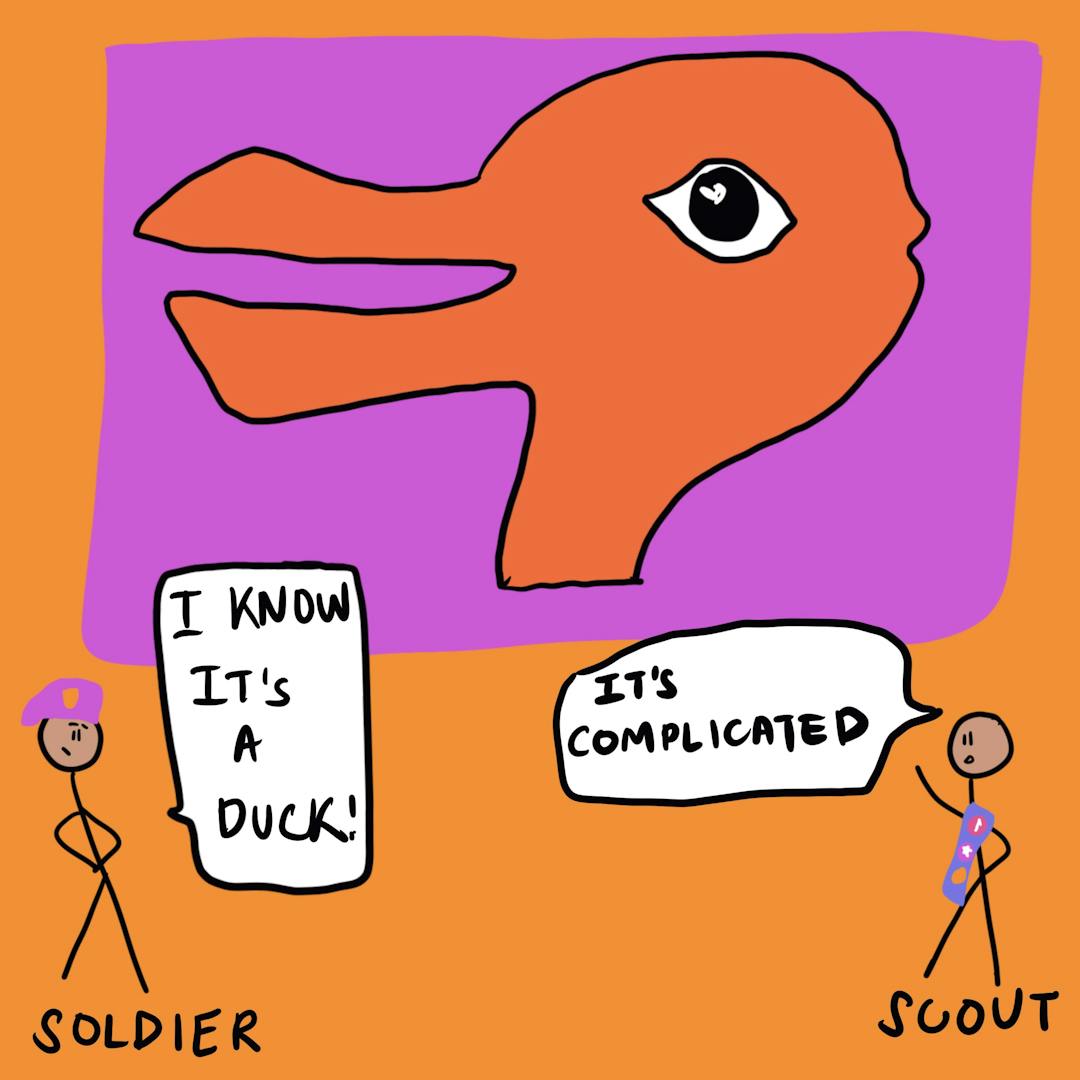Developing The Global Economy With Behavioral Science: Zeina Afif

If basically, we were completely transparent with the participants or the target group of what the intervention is, what is it’s intention, would we still do the intervention? And if my answer is no, then for me, there is an ethical issue here. But if we can be transparent over the interventions to let people know why we’re doing this, and how we designed this intervention as well.
Intro
Zeina Afif is a Senior Social Scientist with the World Bank’s Mind, Behavior & Development Unit (eMBeD), within the Poverty and Equity Global Practice at the World Bank. Zeina is currently working on applying behavioral insights to improve women’s access to finance and jobs, reduce youth unemployment, reduce gender-based violence, promote social cohesion, and improve access to public services and programs in the Middle East and North Africa, as well as Latin America & Caribbean region. Prior to joining the team, Zeina provided operational communication and behavioral insights support to World Bank projects and has worked in countries such as Egypt, Indonesia, Iraq, Kuwait, Oman, and Yemen in the areas of taxes, social protection, social accountability, and citizen engagement. Zeina holds a MBA from George Washington University, and a M.Sc. in Behavioral Science from London School of Economics.





